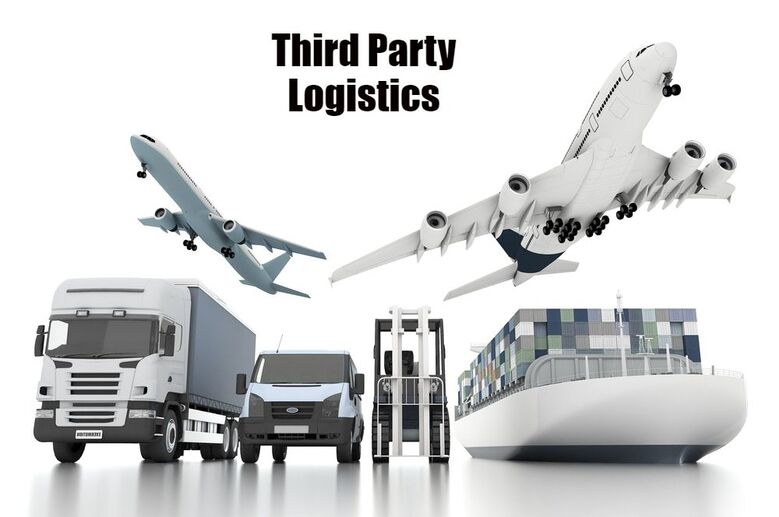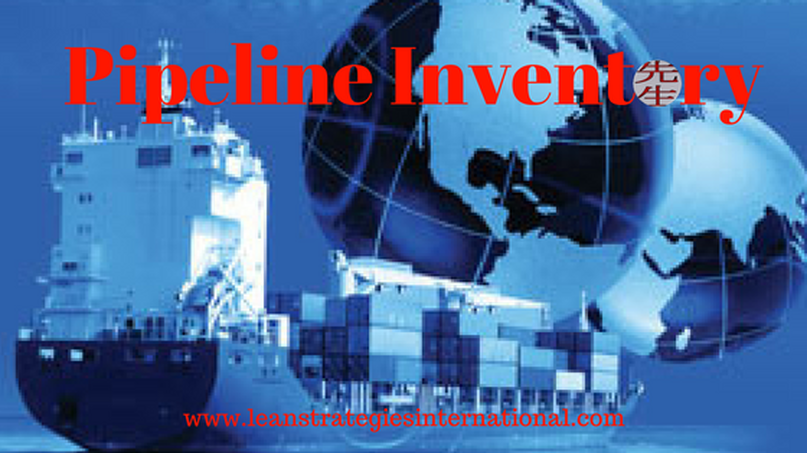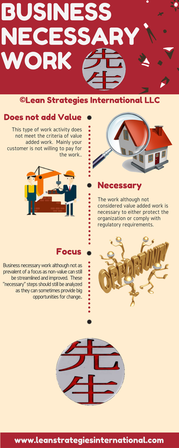|
Warehousing, Transportation, Order fulfillment and Inventory Management and Optimization. We’ve all heard these terms before. But, did you know how tightly linked they are to a third-party logistics provider? Many companies in today's day and age rely on logistics providers to help scale and enhance their business. Companies like Amazon, Walmart and Grainger all use 3PL’s. And, with the growth of e-commerce and the growing complexity of today's supply chains 3PL’s are becoming a must have for almost every organization. So, what exactly is a 3PL?
0 Comments
The easiest way to define overprocessing is doing more to a product than what the customer, specification or transformative process requires the first time through. Overprocessing is sometimes referred to as inappropriate processing because it includes steps that are not needed, extra handling, duplication of activities and processes that are just not statistically capable of producing the desired results.
Programs like six sigma, lean and total quality management are effective ways to manage continuous improvement strategies and create quality in an organization. Over the years these fundamental strategies have proven to be drivers of success. With this in mind, every organization needs quality at all levels of a business. In today's global economy quality is a common desire. Everyone wants it. So, where did this desire for quality come from?
Overproduction is one of the 8 major forms of waste. It occurs when materials, services or information are created earlier or in excess of the needed demand. Overproduction is oftentimes referred to as the deadliest form of waste because it directly causes and enlarges other forms of waste, while indirectly contributing to many others.
In Transit or Pipeline Inventory is Inventory that is in transit. Typically the inventory that has left the shipping dock of the seller or supplier, but not yet reached the receiving dock of the buyer or customer. Any inventory that is in the “pipeline” is inventory that is moving within the supply chain.
The 8’th form of waste was identified and added to the other 7 forms of waste by Dr. Jim Womack in the book Lean Thinking. This type of waste suggests that we go to a great effort in order to obtain well qualified and experienced employees that eventually end up working behind a desk from nine to five. While the work that these individuals do on a daily basis is very important, it is guaranteed that almost every individual is capable of much more than what he or she does. The waste of underutilized skills also applies to machine talent. Too often we use the same systems and procedures because it is what we normally do and we rob those computers or machines of their full potential. Like our computers and machines the same goes for our most important asset, people.
A component could be a raw material, subassembly or a part. However the identifying difference is that a component which could be a part, raw material or subassembly goes into a higher level assembly, item or part.
The waste of motion or movement is any motion or movement by people and or machines that does not add or create value. Motion waste is oftentimes confused with transportation waste, they are not the same. The easiest way to identify the difference between the waste of motion and the waste of transportation is that transportation waste moves “stuff” or information and generally occurs between process steps and workstations rather than within them. Motion waste on the other hand, directly relates to people and machines.
The word investment is defined in one way as "the investing of money or capital in order to gain profitable returns, as interest, income, or appreciation in value." With this in mind, Inventory Investment is the total amount of money or capital that has been invested in every form of inventory.
This type of work activity does not meet the criteria of value added work, mainly because a customer is not willing to pay for the product, service, activity or information. However, the product, service, activity or information although not considered value added is necessary to either protect the company or comply with regulatory requirements.
|
GlossarySubscribe below and receive lean, six sigma, operations, supply chain, logistics, distribution and business terms in your mailbox.
CLICK HERE TO SUBSCRIBE Archives
June 2024
|









